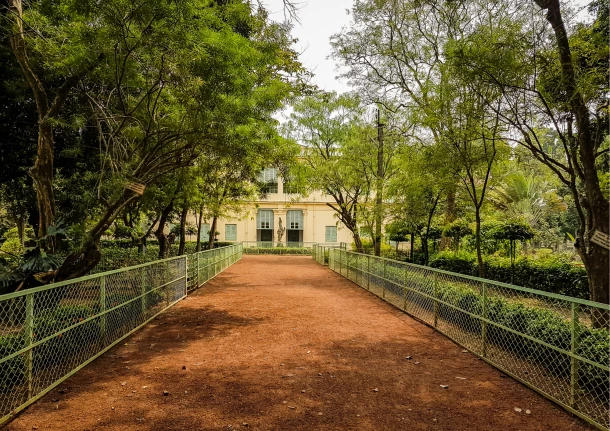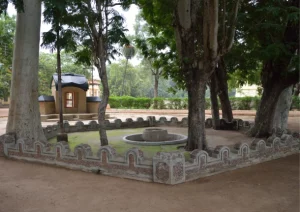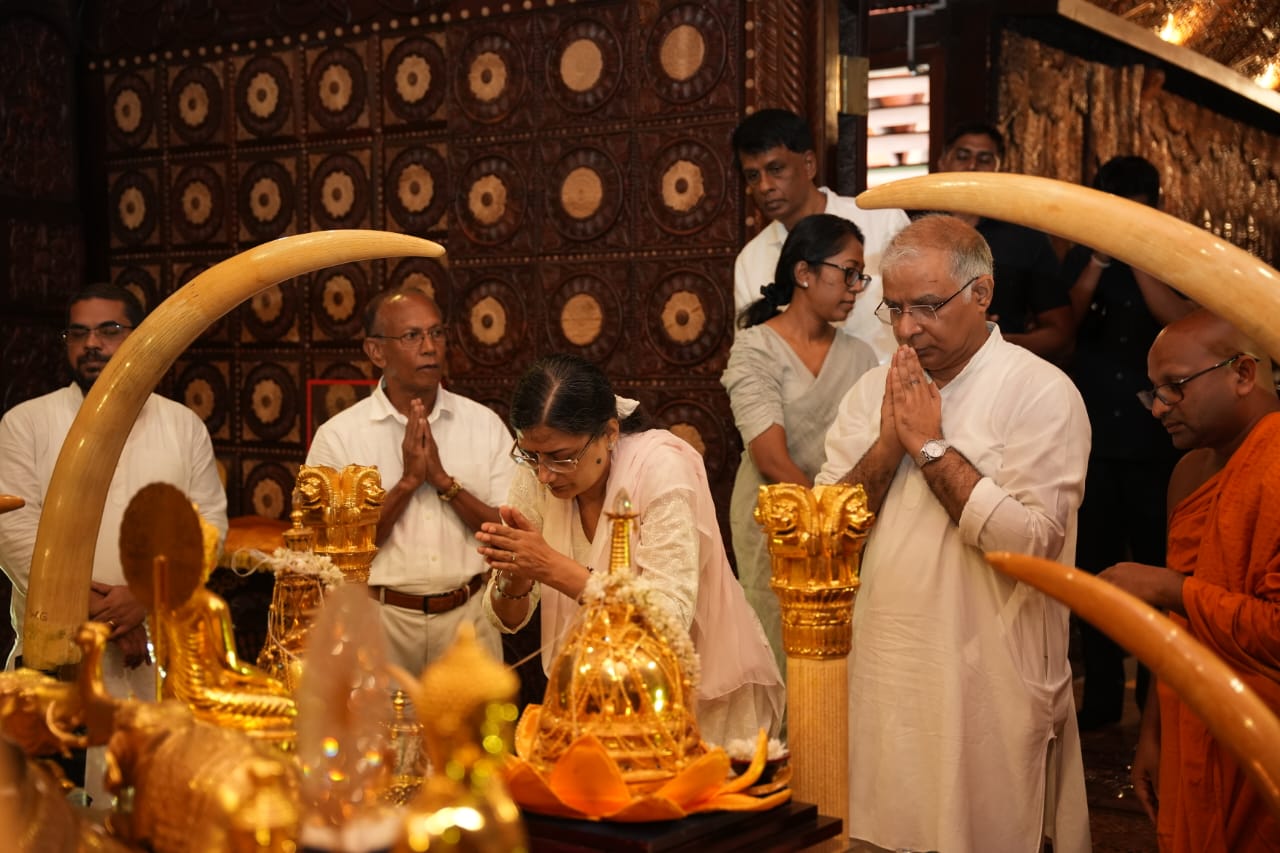
Santiniketan: New Indian site on the UNESCO World Heritage List
Santiniketan, West Bengal has been inscribed on UNESCO’s list of World Heritage Sites during the ongoing 45th session of the UNESCO World Heritage Committee in Riyadh, Kingdom of Saudi Arabia.
Santiniketan is India’s 41st UNESCO World Heritage Site.
It is an ensemble of historic buildings, landscapes and gardens, pavilions, artworks, and continuing educational and cultural traditions that together express its Outstanding Universal Value.
Established in rural West Bengal in 1901, Santiniketan was founded by Rabindranath Tagore, a renowned poet and philosopher.
The built and open spaces of Santiniketan constitute an exceptional global testimony to ideas of environmental art and educational reform where progressive education and visual art are intertwined with architecture and landscape, with the Ashram, Uttarayan, and Kala-Bhavana areas forming the prime sites of these practices.
Santiniketan is also directly and tangibly associated with the ideas, works and vision of Rabindranath Tagore and his associates, pioneers of the Bengal School of Art and early Indian Modernism.
This UNESCO recognition not only celebrates India’s heritage but also reinforces the global significance of Santiniketan as a cultural and educational beacon.
The World Heritage Convention, adopted by UNESCO in 1972, strives to safeguard such exceptional places for future generations, recognizing their universal value and the need for international cooperation in their protection.
UNESCO seeks to encourage the identification, protection, and preservation of cultural and natural heritage around the world considered to be of outstanding value to humanity.





